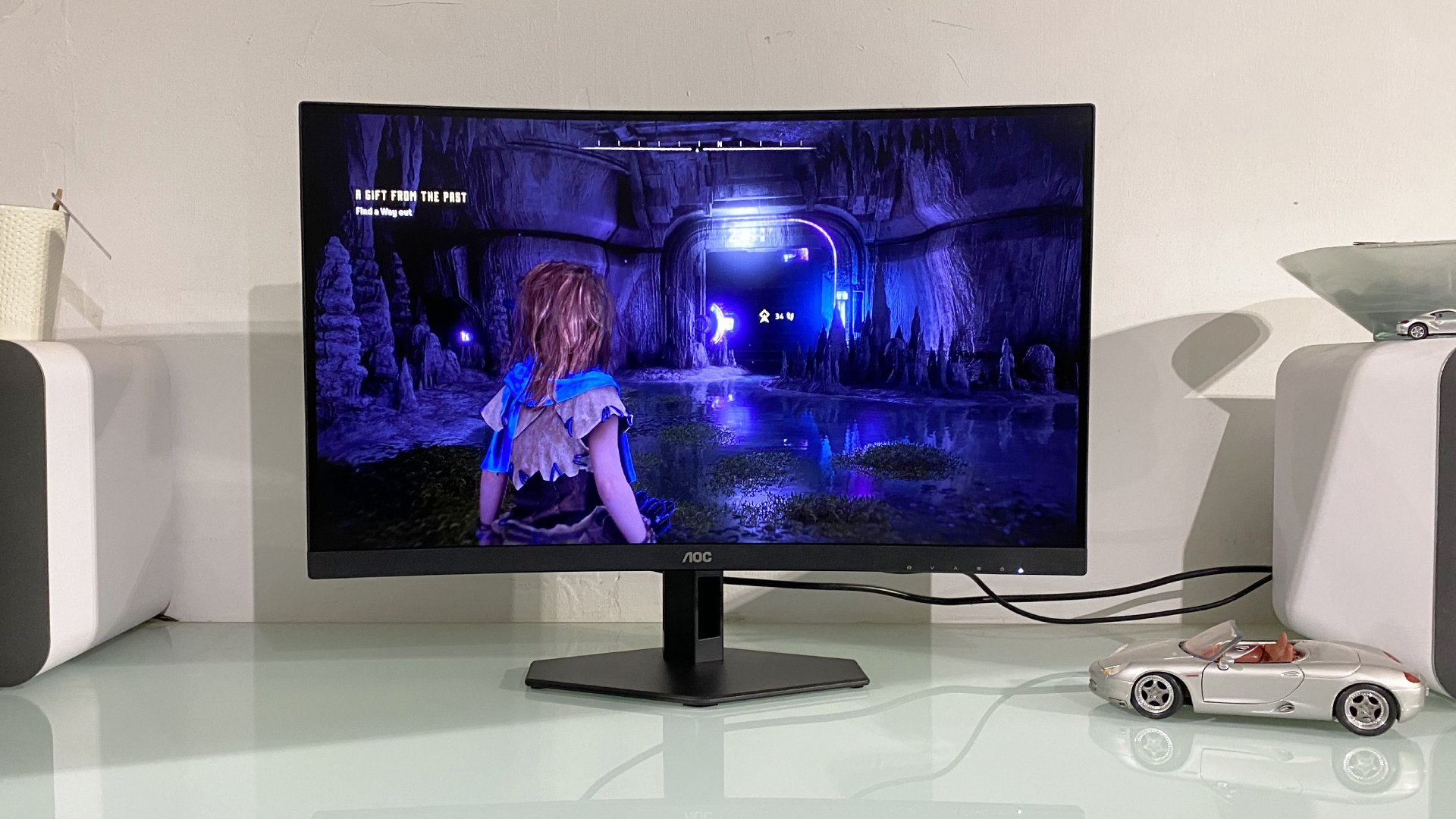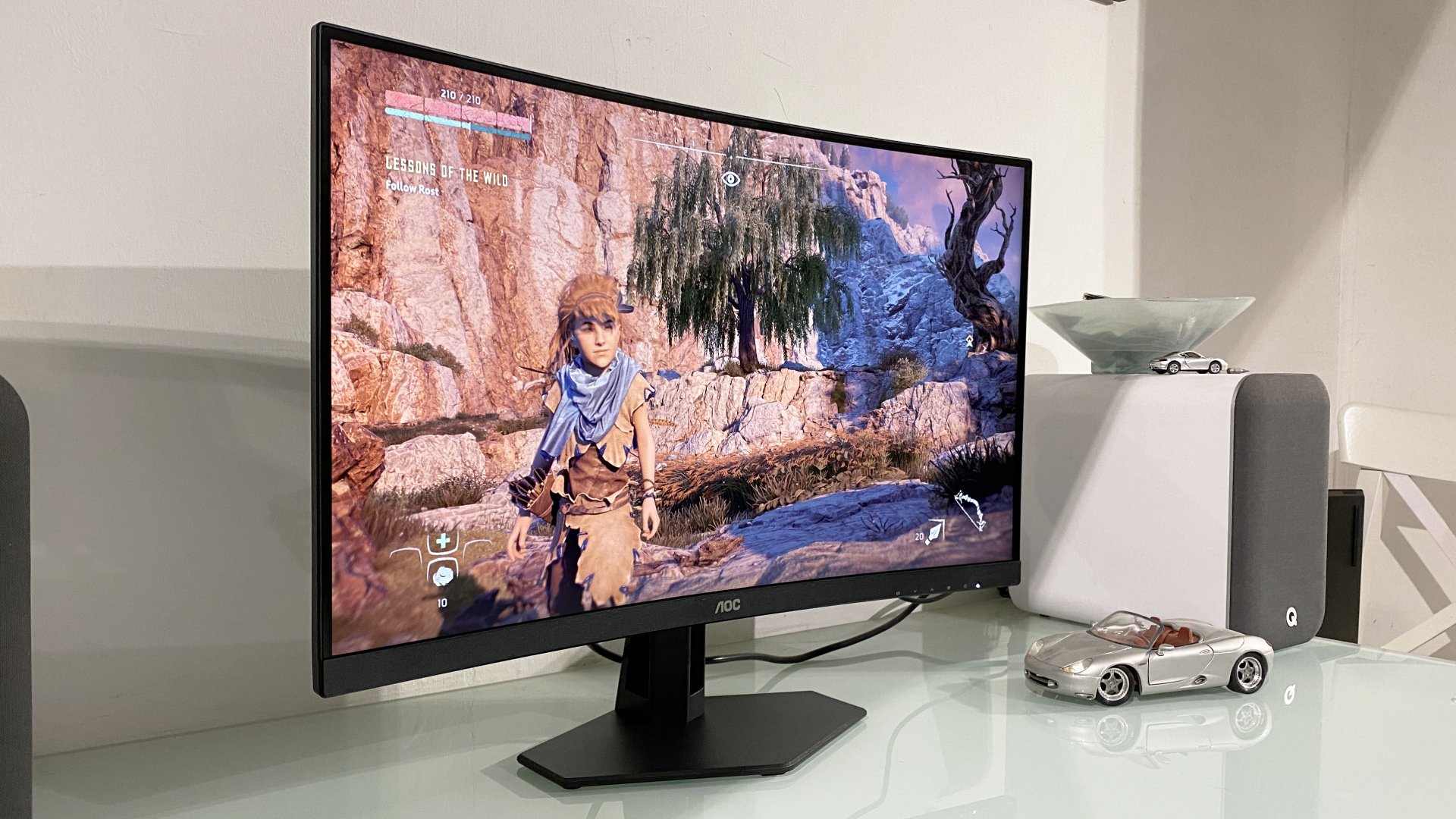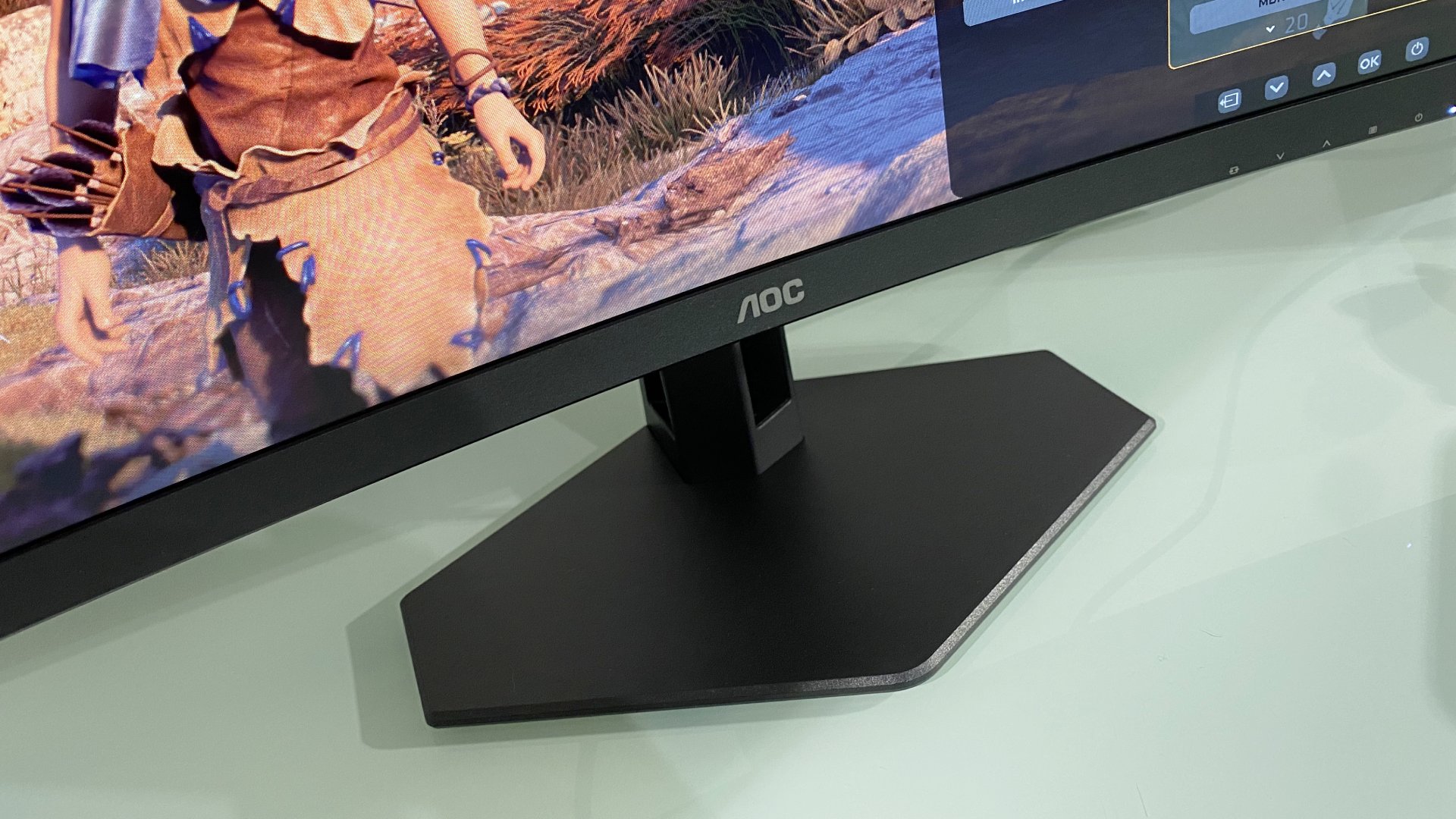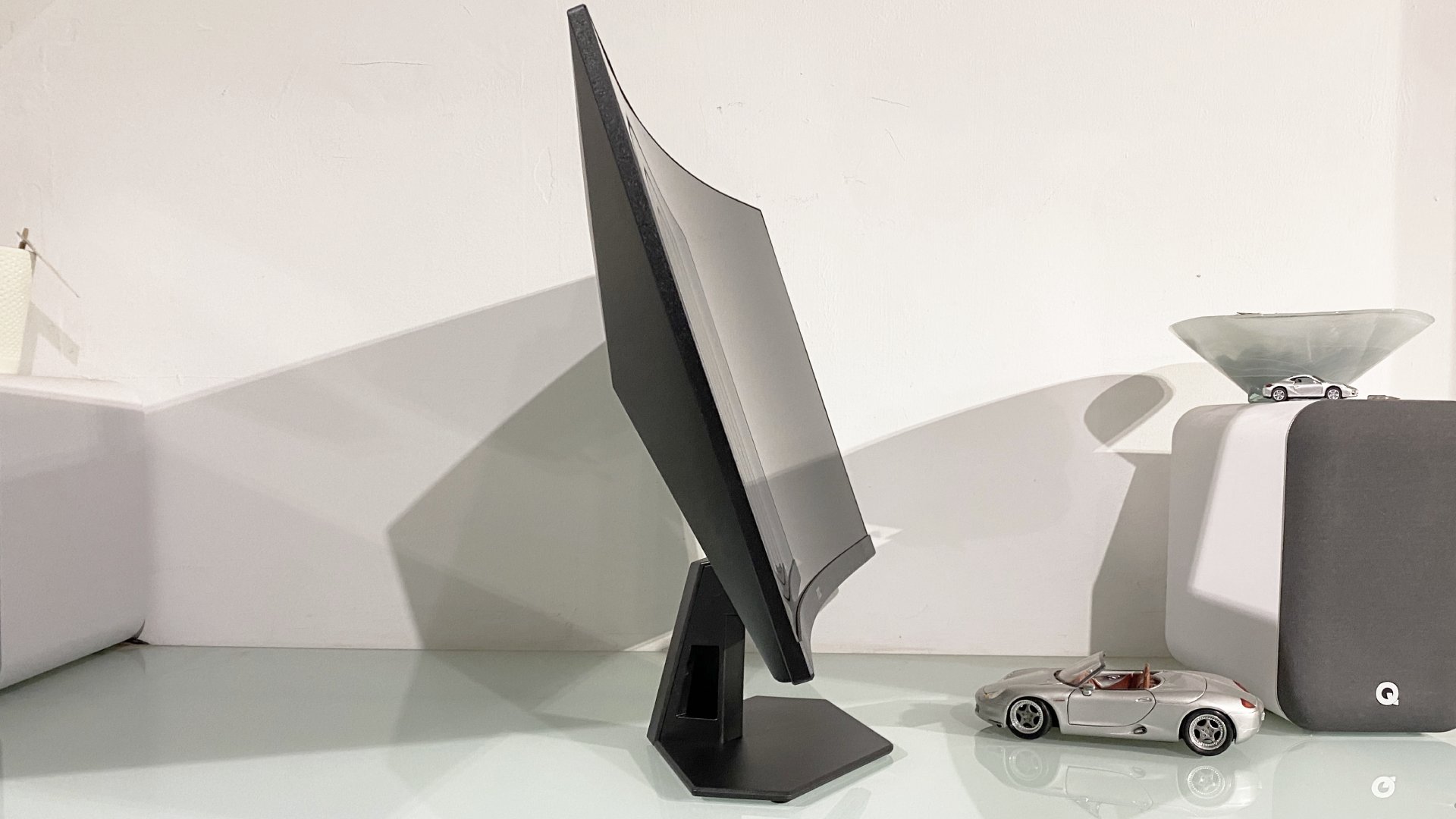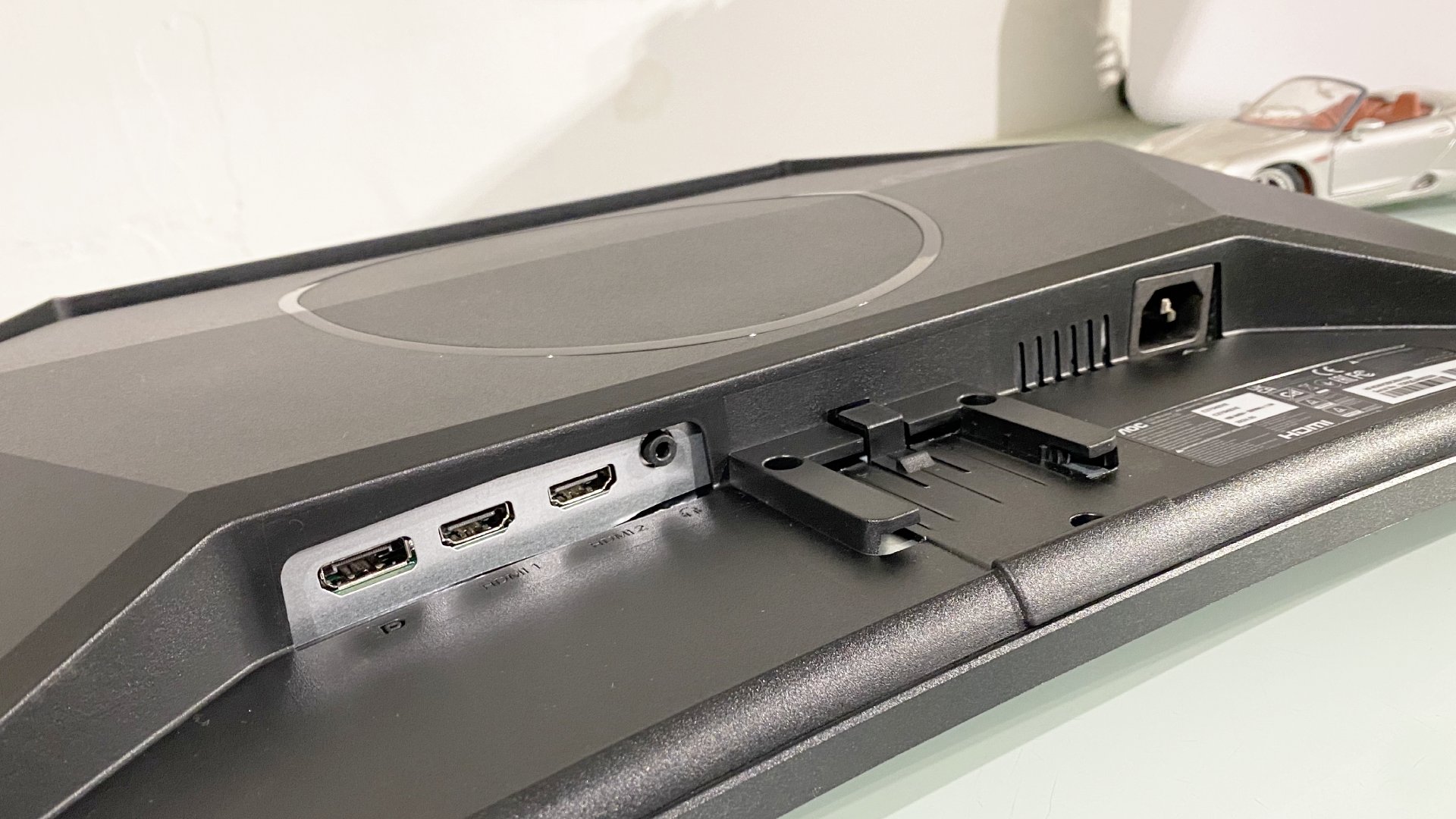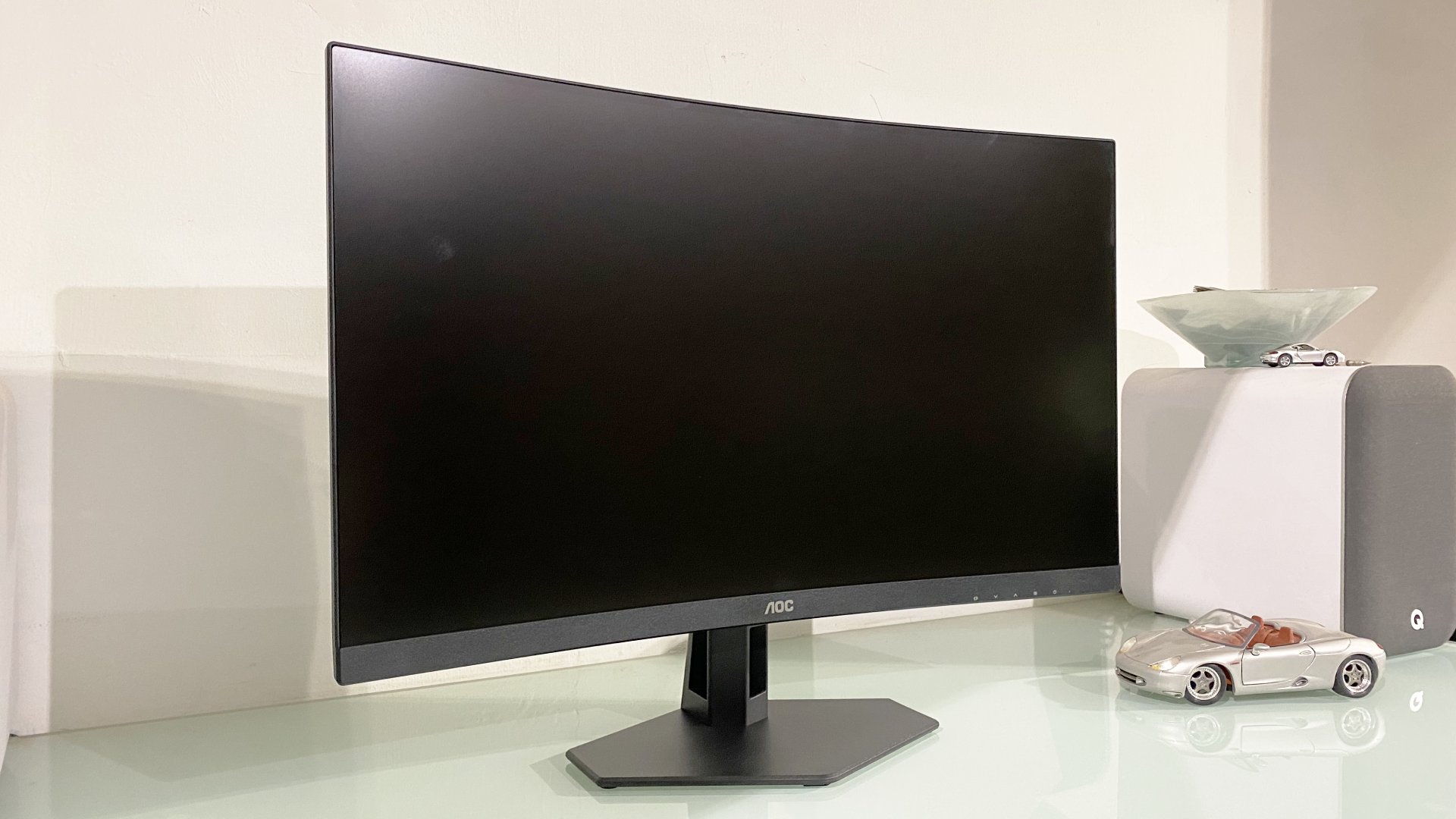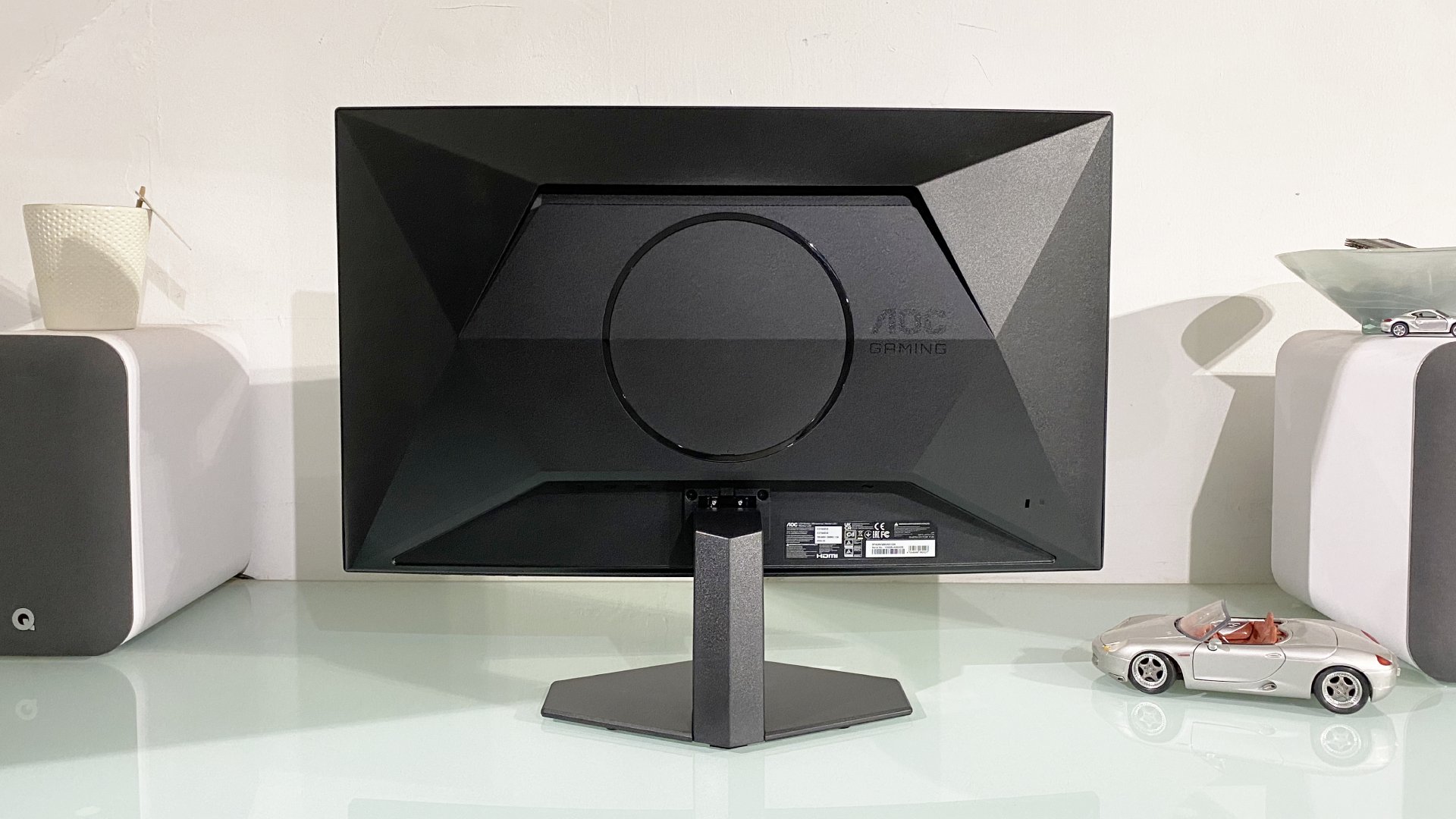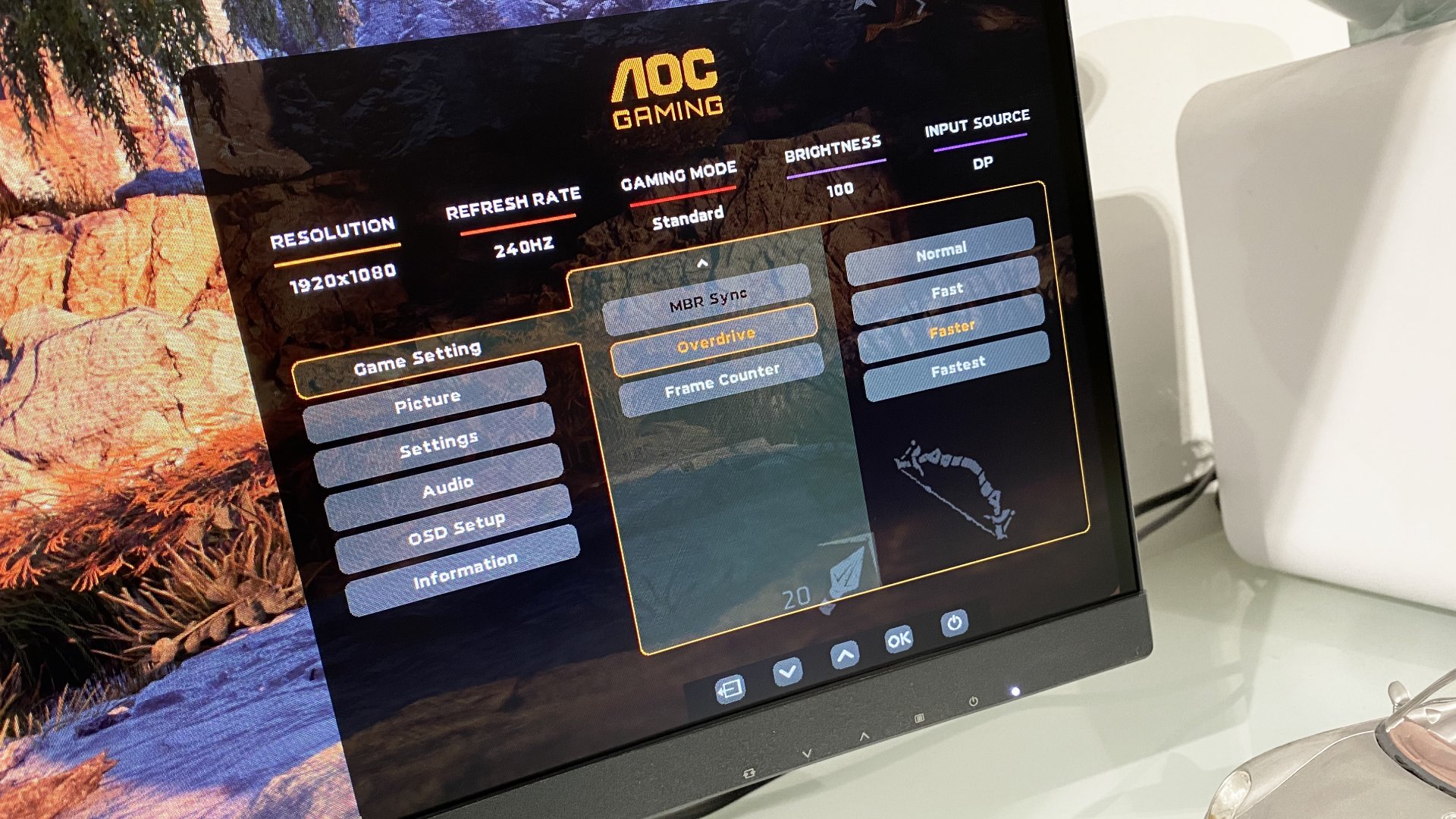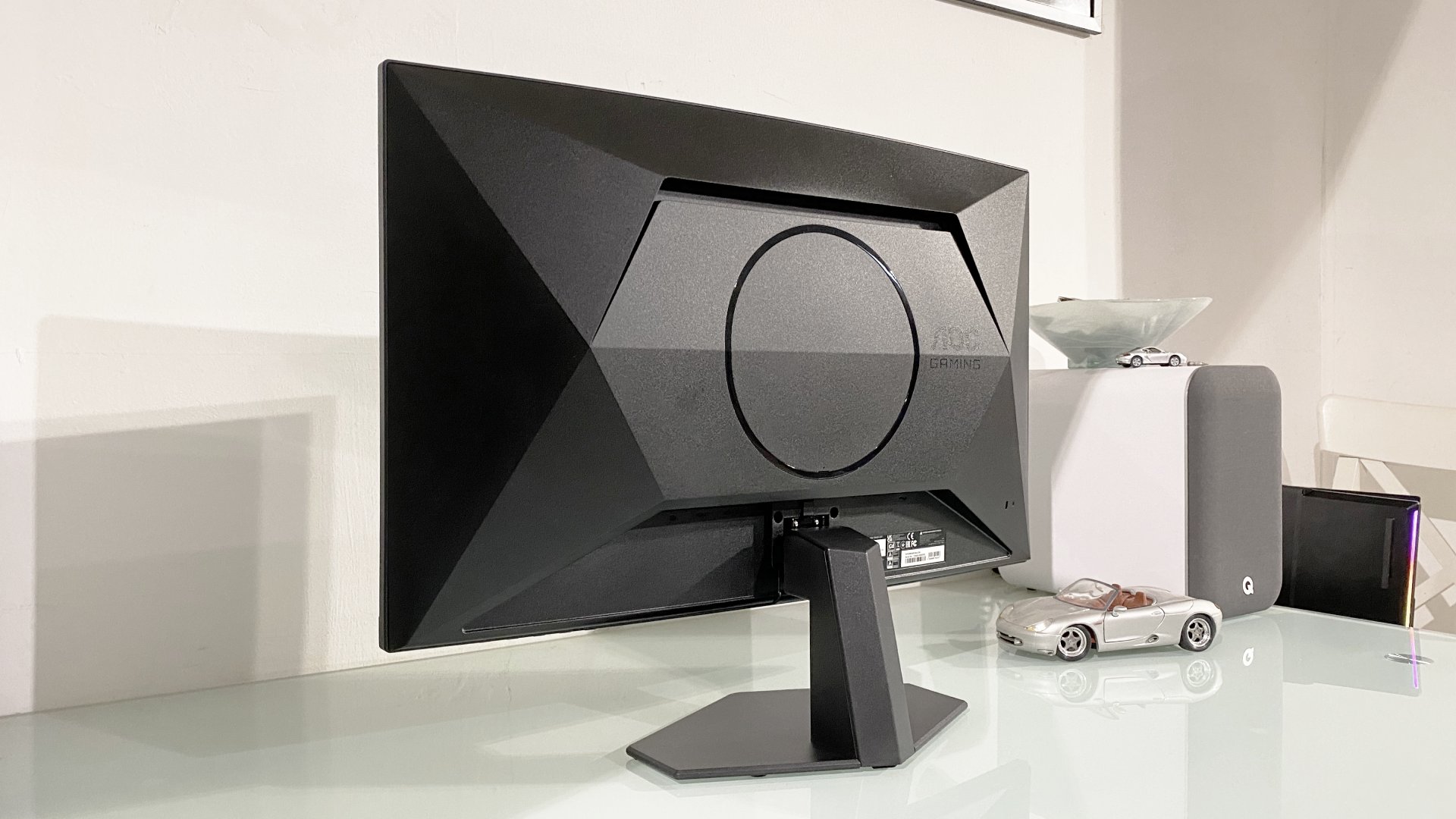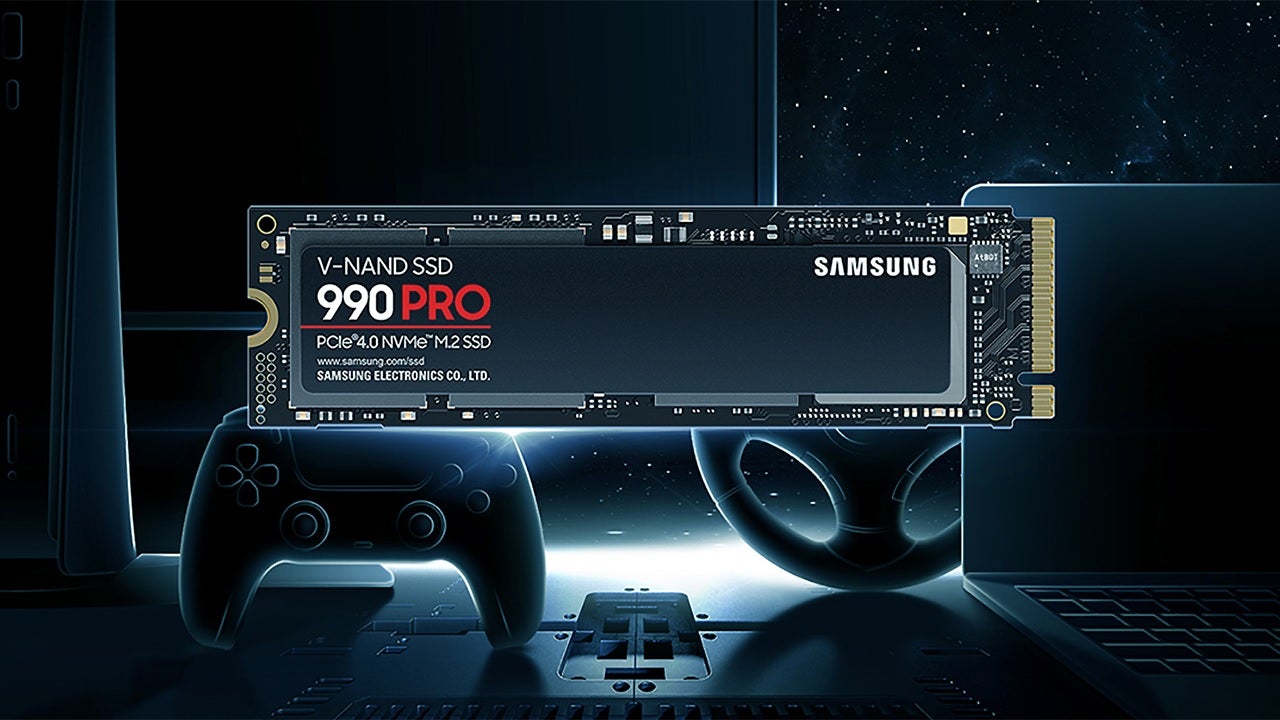AOC Game C27G4ZXE Game Monitor Review

Remember the days when Noble Games meant to come up with a new mortgage? Thankfully, they are proven by the new AOC game C27G4ZXE. This is a fully 280 Hz gaming monitor for under $200. Wow.
Of course, something has to be given at this price point. In fact, with the help of the AOC game C27G4ZXE, a lot of things must be given. The most obvious casualties to reduce costs are the solution. This 27-inch is just a 1080p panel, so it is 1,920 x 1,080 pixels.
The result is a very moderate pixel density of only 82 dpi. We will return to the impact on image quality. However, it is worth noting that while this relatively low resolution is a necessary tradeoff to reach the price point, it actually makes sense from a price performance perspective.
If you are shopping for monitors in the market, it’s safe to assume you’re not running a $1,000 GPU. Therefore, lower resolutions may be better for your graphics card, especially if you want to take advantage of the 280 Hz refresh.
AOC gaming C27G4ZXE specifications
Screen size: 27 inches
solve: 1,920 x 1,080
brightness: 300 NIT full screen
Response time: 0.3 MS MPRT, 1 ms GTG
Refresh rate: 280 Hz
HDR: HDR10
feature: VA panel, HDMI 2.0 X2, DisplayPort 1.4
price: $175 (estimated) | £159 (hub model)
Anyway, the next concession is VA rather than IPS panel. As we usually explain, VA tends to have worse response and viewing angles, but better contrast when compared to IPS. Not always, but slower pixel responses can obviously be a bit annoying.
Apart from these limitations, the AOC game C27G4ZXE is also a little kiss in terms of building, ergonomics and connectivity. The monitor feels a little cheap, while the stand only offers tilt adjustment.
That said, it isn’t actually too poor thanks to the stand base of the screen fence and some nice geometric designs behind it. This is not a completely anonymous black square, some efforts have been made. The 27-inch soft 1500R curve also adds the slightest of Frieson in high-end consumer electronics.
At least, it’s a decent thing when you consider the price point. It just doesn’t feel that solid. Again, at this price point, you won’t really expect more.
As for connectivity shortage, you’ll get two HDMI 2.0 ports and a single DisplayPort input. You don’t get any type of USB hub. But try to find the same monitors from big brands with a similar amount of money. You will struggle.
The ultimate obvious casualty at the low price point is HDR support. Honestly, this is the best result for physical wounds. You do get basic HDR 10 support. However, the maximum brightness is 300 columns and there is no local dimming, which is obviously not a real HDR display. However, any monitor with entry-level HDR400 certification is not.
Actually, I think few LCDs rather than OLED monitors really have high dynamic range rendering. At least using AOC game C27G4ZXE, the HDR content can theoretically be decoded with the correct colors. What is that.
But, what is the actual image quality? The first impression is not too shabby. The C27G4ZXE may be rated at only 300 columns, but it is quite bright and powerful. VA group technology contributes to this impression. The contrast of VA panels is much better than IPS, and the contrast between brightness and dark tones makes the screen look more vibrant and dynamic.
The C27G4ZXE may be rated at only 300 columns, but it is quite bright and powerful.
The AOC actually calibrates this thing very well, too. The color in SRGB mode is BOB, and it is not always the case with cheap VA monitors. They are usually set to supersaturation.
Sadly, this clever calibration does not extend to HDR content. Usually, this display looks rather tedious in HDR mode, and in SDR mode it is actually more active, which is obviously incorrect. And, the SDR color in HDR mode is a mess. Ultimately, it’s better to avoid using HDR mode unless you absolutely have to use it. Given the price point, this is not a huge disappointment. But that does mean that AOC gaming C27G4ZXE is better off thinking of it as a non-HDR panel.
If the elements of static image quality are good, then when will things move? A 280 Hz refresh will surely translate into a lively response to the control input. Given the price point, the incubation period is great. So for budget, this monitor is a great choice for online shooting games and esports.
The pixel response is not too impressive. AOC cites some very impressive numbers, with MMPRT and 1 ms GTG response time. In the OSD menu, you can also get four levels of Pixel-Accelerating Overdrive in the OSD menu to help you adjust your response.
Sadly, AOC has not exceeded expectations of pixel response performance.
Sadly, the monitor complies with the cheap VA specification. All other modes have at least a little visible smear and blur, except for the fastest speeding mode. As for the quickest option, this largely eliminates the smear, just swap it for a slightly outdated and opposite person.
Unfortunately, you can actually see that when you move the mouse and pixels overshoot the target color, overshooting in the game in the form of texture colors. It’s not very obvious, but it’s there and once you see it, it won’t be invisible.
Of course, this is the norm for VA panels at this price point. So, this is definitely not a deal-breaker. But if you want AOC to do something magical and somehow delivers pixel responsive performance beyond expectations, then this doesn’t happen at all.
Apart from the response, another obvious weakness of the monitor is the pixel density mentioned above. This is the tricky aspect of criticism. The price point finally determines 1080p. At this price point, a 1440p 280 Hz panel is too many.
As we said, on the low price here, the 1080p is actually a good match for GPU load. However, on Windows desktops, the 82 DPI pixel density is very ugly. It makes for a rough, rough font and usually pixelated atmosphere.
The grace of saving is that the game isn’t actually too bad when it comes to visual details. You will still get full HD, and if you turn on upgrades (such as NVIDIA DLSS or AMD FSR), a slight softening effect helps smooth out the snacks produced by a considerable pixel.
Finally, the curvature of the 1500R panel is actually neither here nor here. On a 27-inch 16:9 screen, the benefits of curved panels are hardly any better. But the same curve is also small and does not distract.
Overall, it’s a good money. 280 Hz and 1080p are a smart combination that makes the gaming experience lively even if the budget is worth a good deal. The low DPI appearance is not good, but it is a reasonable trade-off at this price point.
Buy if…
✅ You want cheap high refresh games: From this price point, 280 Hz from the established band makes low latency games pleasantly accessible.
Don’t buy…
❌ You want a crisp visual: 1080p on the 27-inch panel makes mediocre pixel density.
It’s important to note that our money is, and if possible, we’d rather extend it to around $200 and choose the 1440p 144 Hz option. The refresh is lower, but the pixel density is much better.
If it’s hard to really grasp the elements even at the price point, it’s mediocre pixel response. Granted, you’ll be happy to find a better screen. Therefore, the problem is not the only one for this AOC. But the response is not very good. So, compared to the chalk we hope to improve the industry in such displays, AOC specifically screwed up.
Actually, at this point, if the money is really tight, and for a 1440p monitor, which is a $200 option, we might lean towards a 24-inch IPS monitor, maybe even at a lower 160 Hz refresh rate run. Although on smaller panels, you will get better response and better pixel density.
Ultimately, there is no perfect choice here. Among the 27-inch 1080p gaming monitors available in the budget class, the AOC gaming C27G4ZXE is definitely a worthwhile contender.
